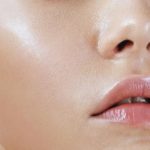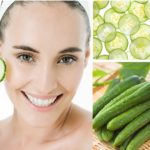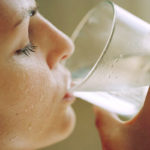Many people believe that drinking milk can cause acne, but is this true? To find out the answer to this question, join us as we explore the topic in today’s article.
1 Nutritional Content of Milk
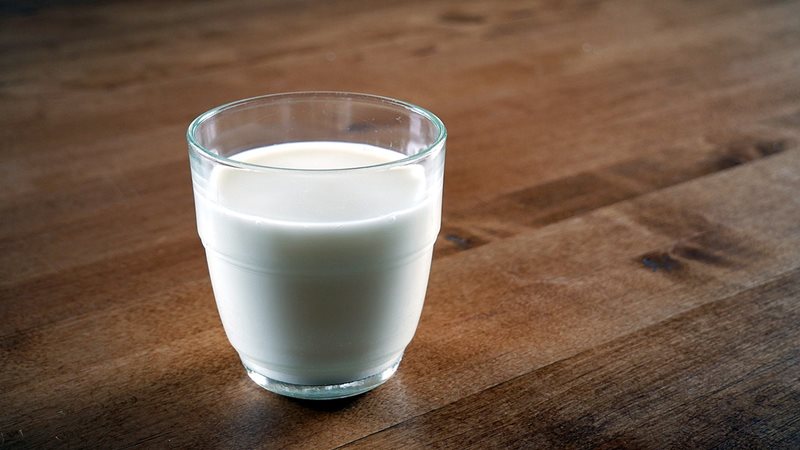 Nutritional Content of Milk
Nutritional Content of Milk
Milk contains a high amount of nutrients beneficial to our health, such as various vitamins, protein, and minerals. The following is a detailed breakdown of the nutritional content in 100ml of milk:
-
Vitamin B2: 1.1 mcg
-
Protein: 7.69g
-
Fat: 7.93g
-
Carbohydrates: 11.7g
-
Calcium: 276mg
-
Vitamin A: 3.7 IU
-
Vitamin D: 112 IU
-
Phosphorus: 24.4mg
-
Magnesium: 322mg
-
Potassium: 149mg
-
Vitamin B12: 12.2 IU
-
Sodium: 205mg
2 Does Drinking Milk Cause Internal Heat?
 Does Drinking Milk Cause Internal Heat?
Does Drinking Milk Cause Internal Heat?
According to current research, there is no concrete evidence to suggest that drinking milk can cause internal heat or affect hormones in humans. However, some studies have indicated a link between the consumption of cow’s milk and an increased risk of acne in certain individuals. The reason lies in the presence of a natural sugar called lactose in milk, which helps strengthen bones and provides energy to the body. However, this type of sugar can be harder to digest for older individuals, leading to potential heat issues in the body.
Additionally, if you consume excessive amounts of milk or mix it with other heat-inducing beverages like bubble tea or coffee, it may contribute to internal heat.
3 Can Drinking Milk Cause Acne?
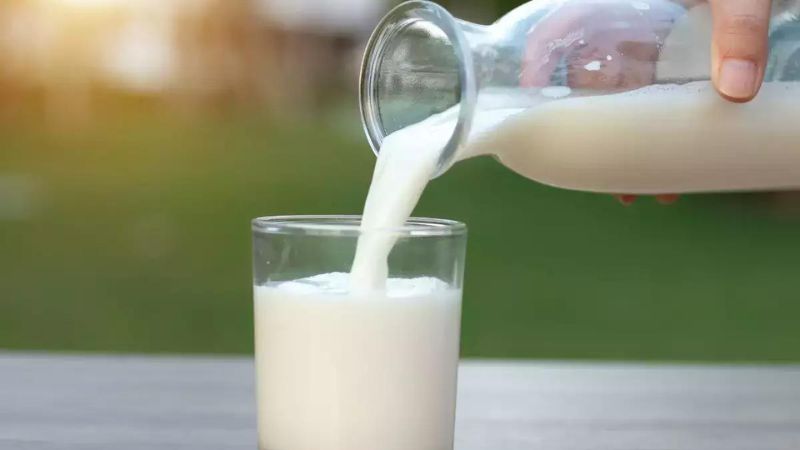 Can Drinking Milk Cause Acne?
Can Drinking Milk Cause Acne?
Recent studies indicate a correlation between milk consumption and acne, but this also depends on individual body constitutions. Many people mistakenly believe that foods with higher fat content, like cheese, butter, and cream, will worsen acne. However, analysis shows that both whole and skim milk can lead to acne. Interestingly, skim milk tends to cause more acne than whole milk. So, fat content is not the primary factor influencing acne breakouts.
Learn more about the causes of acne in our article:
Milk contains the androgen hormone, which can stimulate the body’s oil glands, leading to increased sebum production and clogged pores, eventually resulting in acne. Drinking excessive milk can also lead to higher protein intake, causing the body to release the hormone IGF-1, which contributes to the development and spread of acne.
Additionally, milk contains lactose, a natural sugar that stimulates bone growth and is most active during puberty. For adults, the body may struggle to absorb and metabolize lactose, leading to potential digestion issues and acne formation.
4 What to Do If You Break Out from Drinking Milk
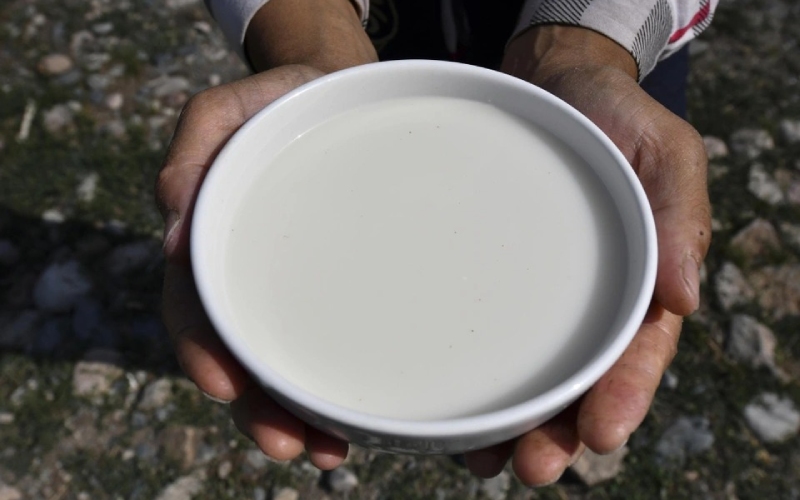 What to Do If You Break Out from Drinking Milk
What to Do If You Break Out from Drinking Milk
If you experience acne breakouts after drinking milk, it is advisable to stop consuming milk and dairy products for a while and consult a dermatologist for guidance.
Instead of opting for skim or cow’s milk, try plant-based milk alternatives like soy, almond, or oat milk. These options are not only delicious but also lower in fat, so you can enjoy them without worrying about acne or internal heat. However, be sure to choose plant-based milk with clean and safe ingredients.
According to Dr. Joshua Zeichner, Associate Professor of Dermatology and Director of Cosmetic and Clinical Research in Dermatology at Mount Sinai Hospital (New York), drinking yogurt or fermented milk can also provide the body with beneficial probiotics.
Additionally, you can try incorporating juices, smoothies, or herbal teas into your diet to help cool down your body.
5 Should You Drink Milk If You Have Acne?
 Should You Drink Milk If You Have Acne?
Should You Drink Milk If You Have Acne?
If you are currently experiencing acne breakouts, it is advisable to limit your milk intake and consumption of dairy products, as they may contribute to increased internal heat and exacerbate your acne condition. During this time, you can opt for plant-based milk alternatives like soy or almond milk instead of cow’s milk.
6 Guide to Drinking Milk Properly
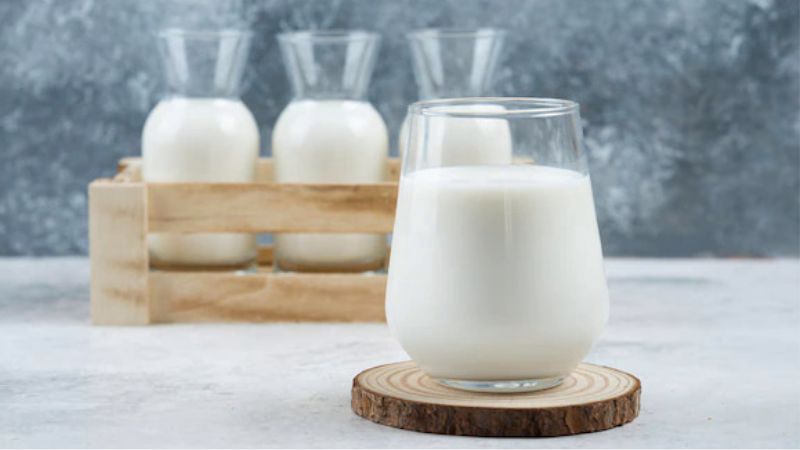 Guide to Drinking Milk Properly
Guide to Drinking Milk Properly
Consider the following tips to drink milk in a way that aligns with your health and skincare goals:
-
Avoid excessive milk consumption: On average, limit yourself to a maximum of two cups of milk per day. Drinking more may contribute to internal heat and increase the likelihood of acne breakouts.
-
Opt for plant-based milk: Plant-based milk tends to have lower fat and lactose content, reducing the potential for acne formation.
7 Frequently Asked Questions about Milk and Internal Heat
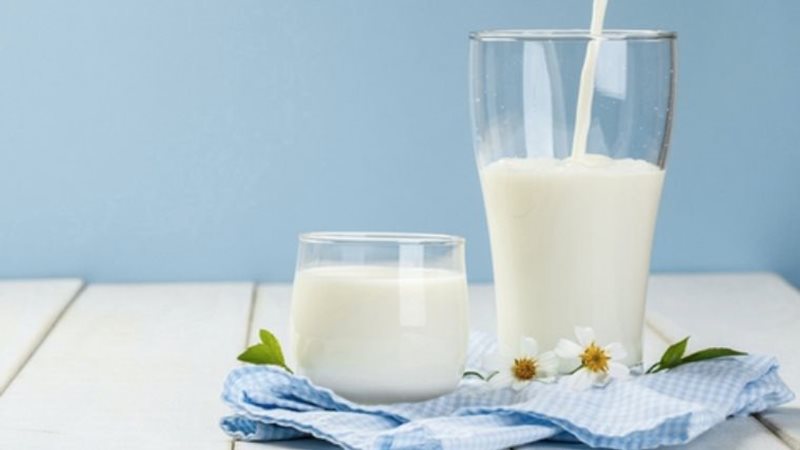 Frequently Asked Questions about Milk and Internal Heat
Frequently Asked Questions about Milk and Internal Heat
Which types of milk don’t cause internal heat?
Cow’s milk and other animal-based milk tend to have higher fat and lactose content than plant-based alternatives. Therefore, opting for plant-based milk can help reduce internal heat and lower the risk of acne breakouts associated with milk consumption.
Does drinking milk with honey cause internal heat?
While drinking milk with honey can offer various health benefits, both foods are high in sugar and calories, which may contribute to internal heat and increase the likelihood of acne breakouts.
Does drinking hot or cold milk affect internal heat?
In reality, whether you drink hot or cold milk doesn’t significantly impact internal heat. Cold milk provides the body with essential micro-nutrients and electrolytes for daily activities, while hot milk induces sleepiness due to the release of tryptophan and melatonin.
Today’s article has provided insights into the question of whether drinking milk causes acne. We hope that you now know how to drink milk in a way that aligns with your health and skincare goals.
Source: Compiled

























